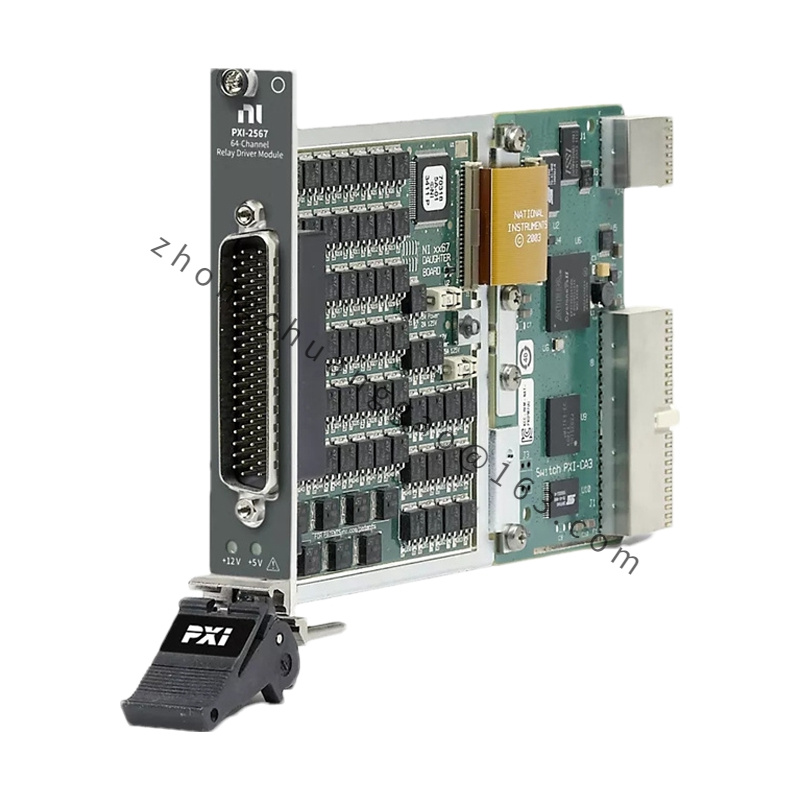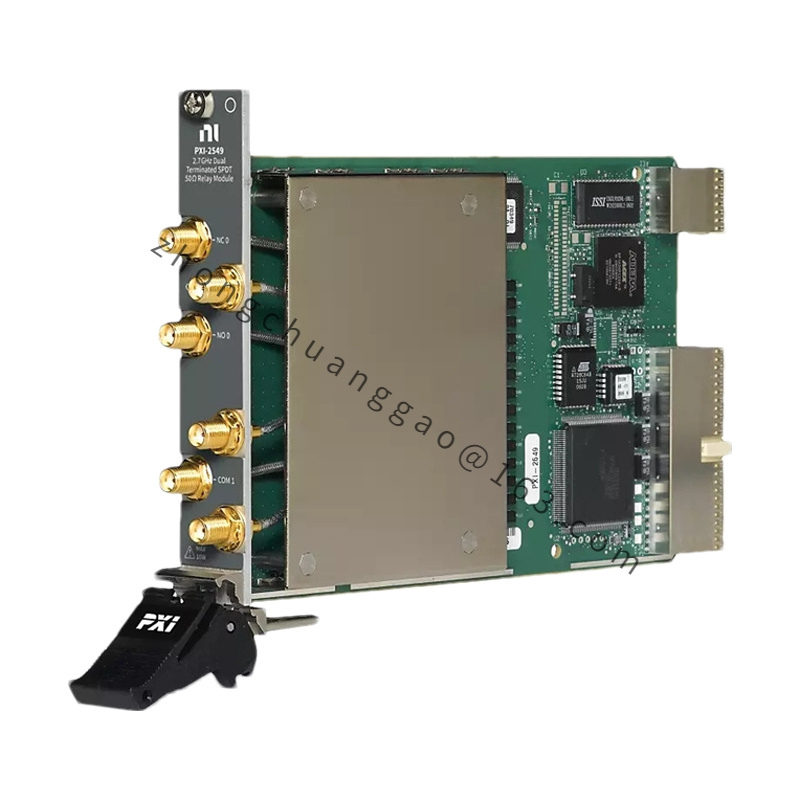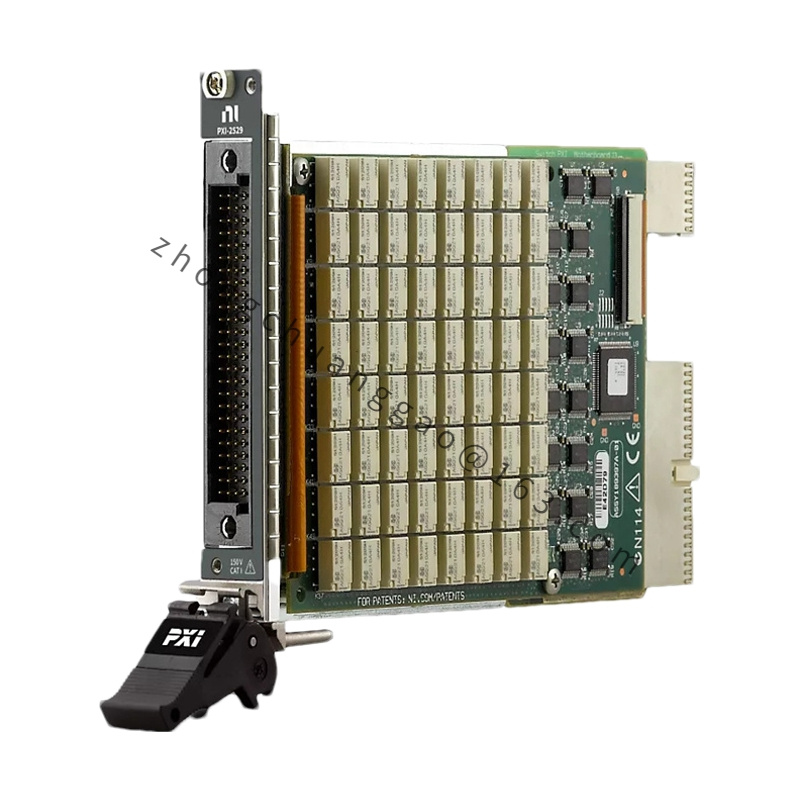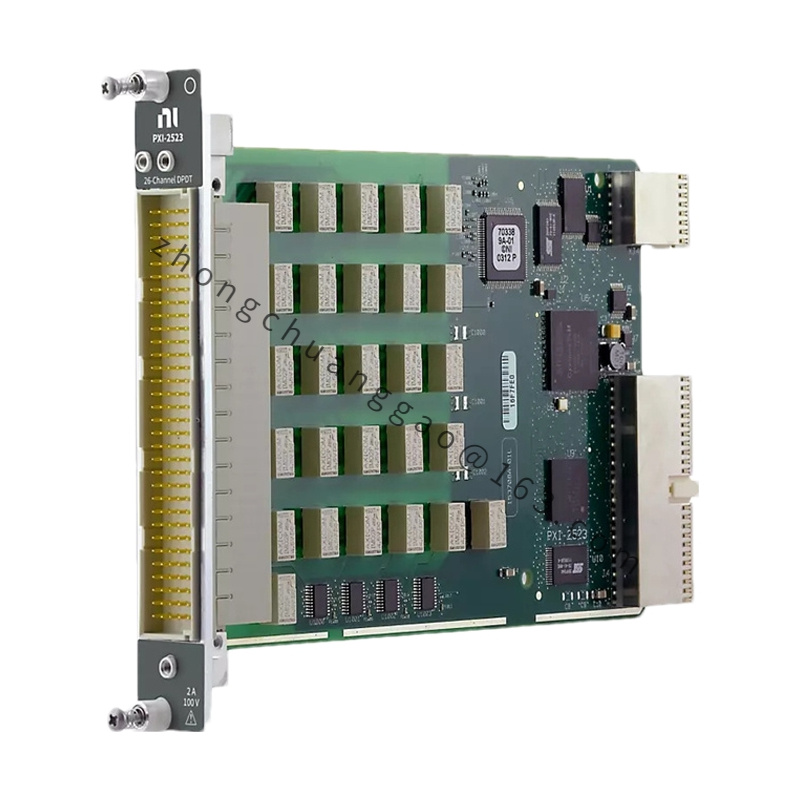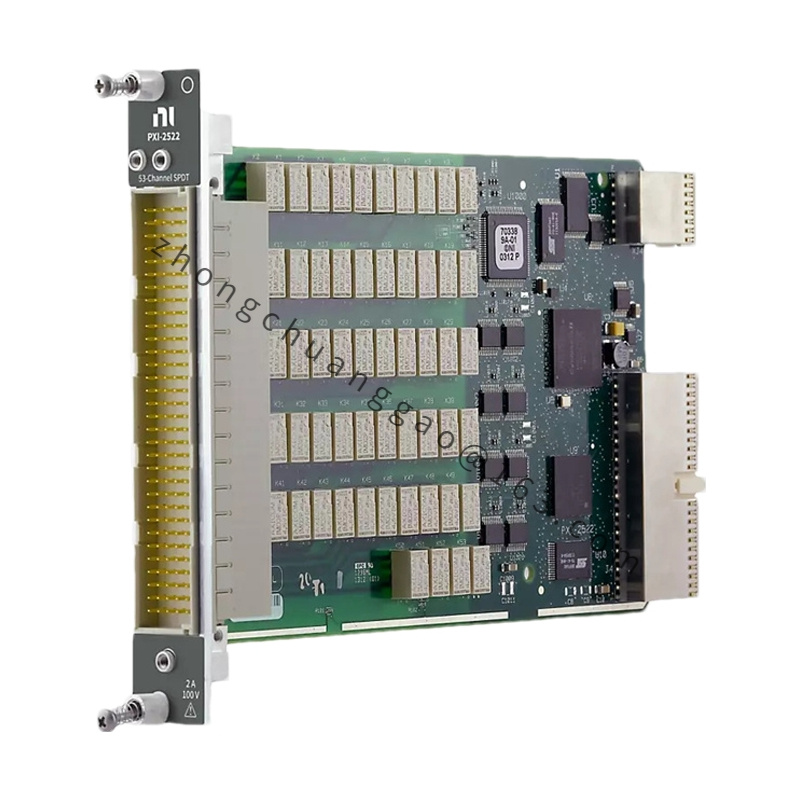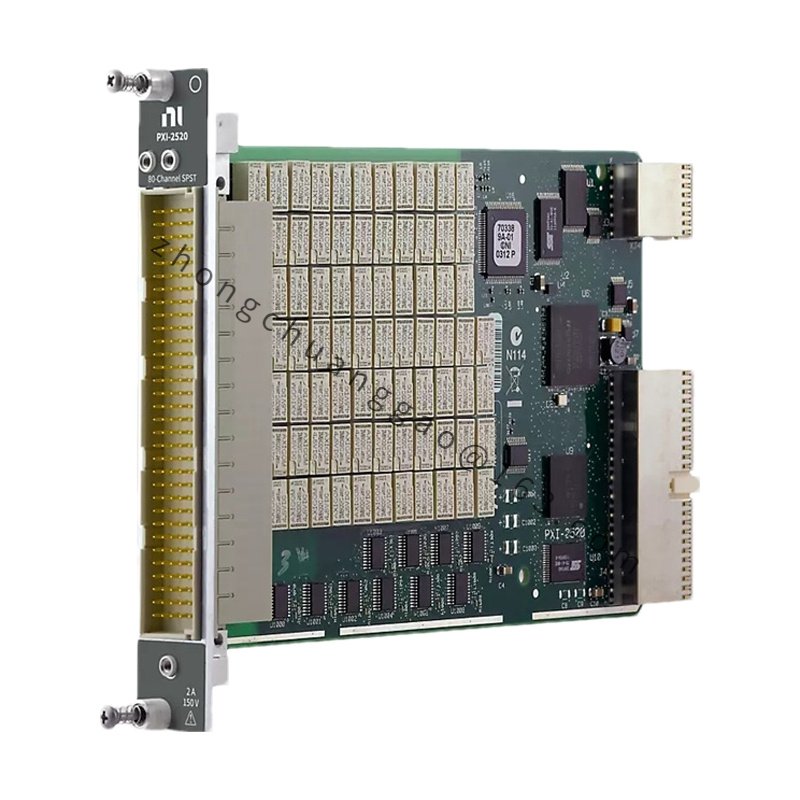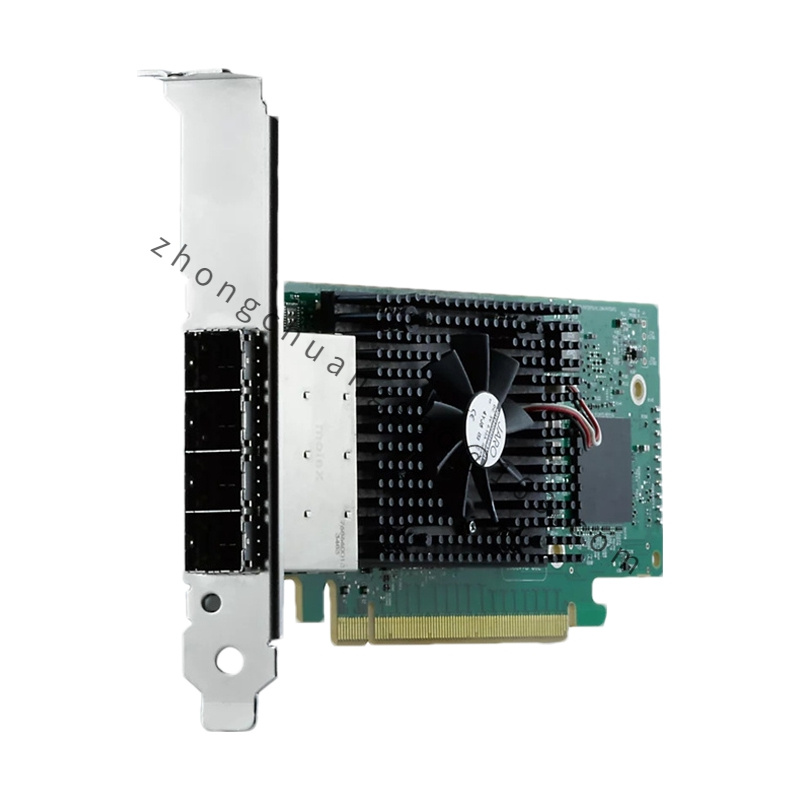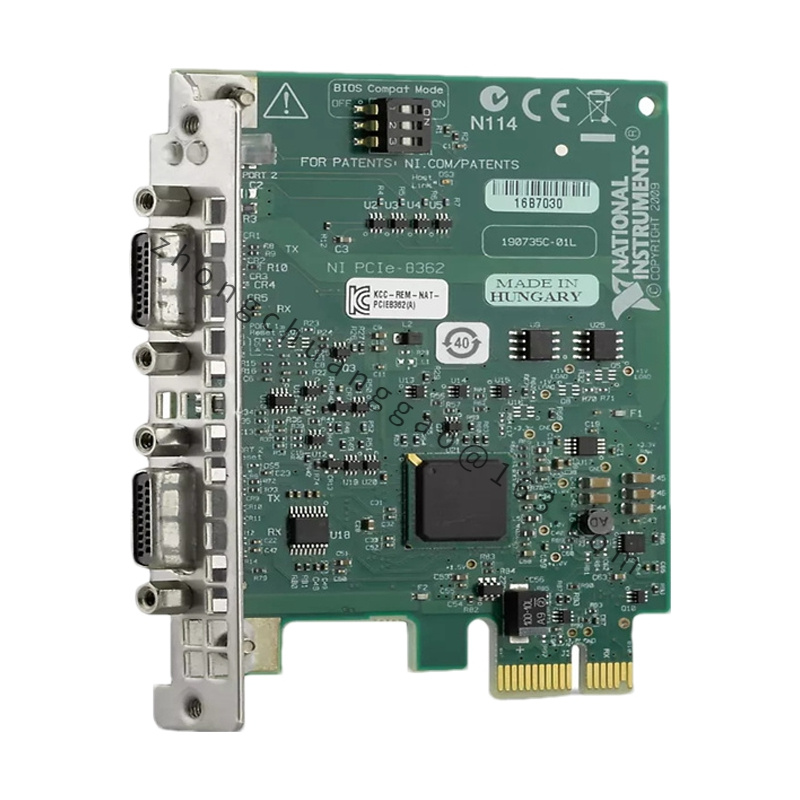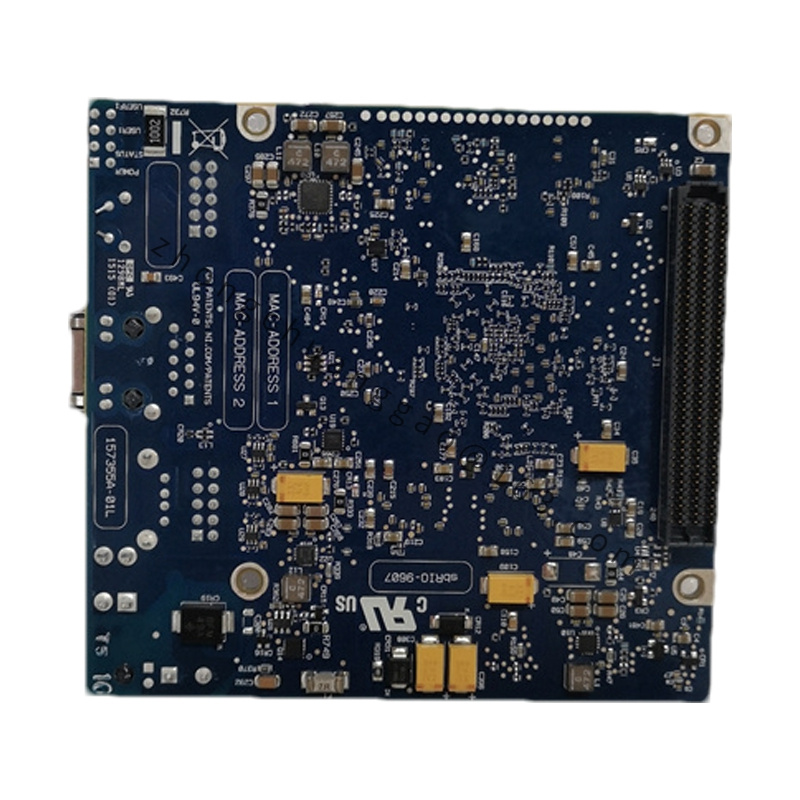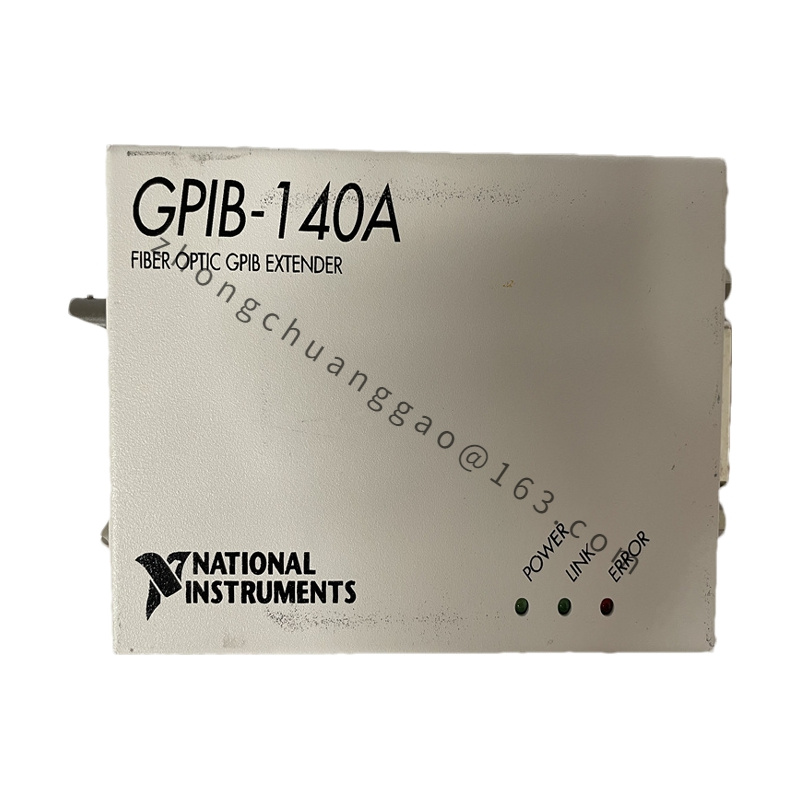NI PXIe-5663E
The NI PXIe-5663E is a high-performance RF signal analyzer module designed for precise and detailed signal analysis within PXIe (PCI eXtensions for Instrumentation Express) systems. It is part of National Instruments’ advanced modular instrumentation lineup, offering robust capabilities for analyzing RF and microwave signals.
Detailed content
Technical Specifications
- Frequency Range:
- RF Input Frequency Range: 100 kHz to 6 GHz
- Resolution Bandwidth (RBW):
- 1 Hz to 40 MHz (selectable)
- Dynamic Range:
- Typical Displayed Average Noise Level (DANL): -160 dBm/Hz (at 1 GHz, 10 MHz RBW)
- Sampling Rate:
- 5 GS/s (gigasamples per second)
- Vertical Resolution:
- 14 bits
- Input Coupling:
- AC coupling
- Input Impedance:
- 50 Ω
- Memory Depth:
- Up to 512 MB (megabytes)
- Phase Noise:
- Typical Phase Noise: -110 dBc/Hz at 1 GHz, 10 kHz offset
- Triggering:
- Advanced triggering capabilities including edge, pulse width, and complex conditions
- Connectivity:
- PXIe interface for integration with other PXIe modules and systems
Functional Features
- Wide Frequency Range:
- Covers RF frequencies from 100 kHz to 6 GHz, making it suitable for a wide range of RF and microwave applications.
- High Dynamic Range:
- Offers excellent dynamic range with a low DANL, allowing for accurate analysis of weak signals amidst strong ones.
- High Sampling Rate:
- Provides sampling rates up to 5 GS/s, enabling high-resolution capture and analysis of fast and transient signals.
- High Vertical Resolution:
- 14-bit vertical resolution ensures detailed signal measurement and improved accuracy.
- Advanced Triggering:
- Features sophisticated triggering options to isolate specific signal events effectively, such as edge, pulse width, and complex conditions.
- Resolution Bandwidth (RBW):
- Selectable RBW from 1 Hz to 40 MHz offers flexibility for analyzing signals with different bandwidths and resolving fine signal details.
- Deep Memory:
- Up to 512 MB of memory per channel supports extensive data capture and detailed analysis over long periods or high sampling rates.
- Versatile Input Coupling:
- AC coupling available for handling various signal types and measurement needs.
- Software Integration:
- Compatible with NI LabVIEW and other National Instruments software platforms, enabling efficient programming, control, and comprehensive data analysis.
Application Scenarios
- RF and Microwave Signal Analysis:
- Ideal for analyzing RF and microwave signals up to 6 GHz, suitable for applications such as communications, radar, and electronic warfare.
- Signal Integrity Testing:
- Useful for evaluating the integrity of high-speed signal transmissions in electronic systems, ensuring performance and reliability.
- Automated Test Systems:
- Can be integrated into automated test systems for production testing and quality assurance, where high-speed and accurate signal analysis is critical.
- Research and Development:
- Employed in R&D environments for analyzing complex signals, validating designs, and developing new technologies.
- Spectrum Analysis:
- Provides high-performance spectrum analysis for a variety of signals, including narrowband and wideband.
- Debugging and Validation:
- Helps in debugging and validating electronic designs by capturing and analyzing signal anomalies and transient events with high accuracy.


